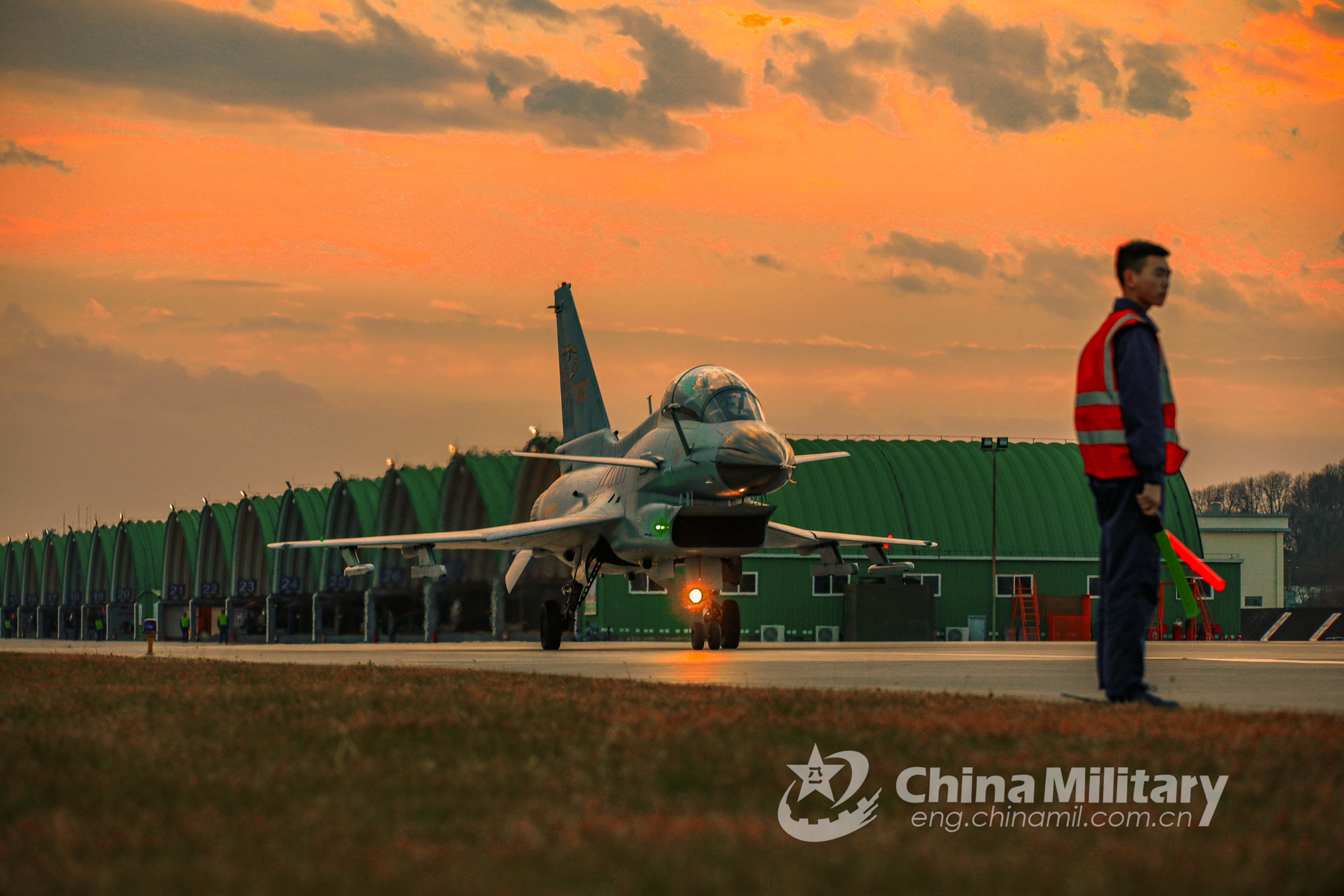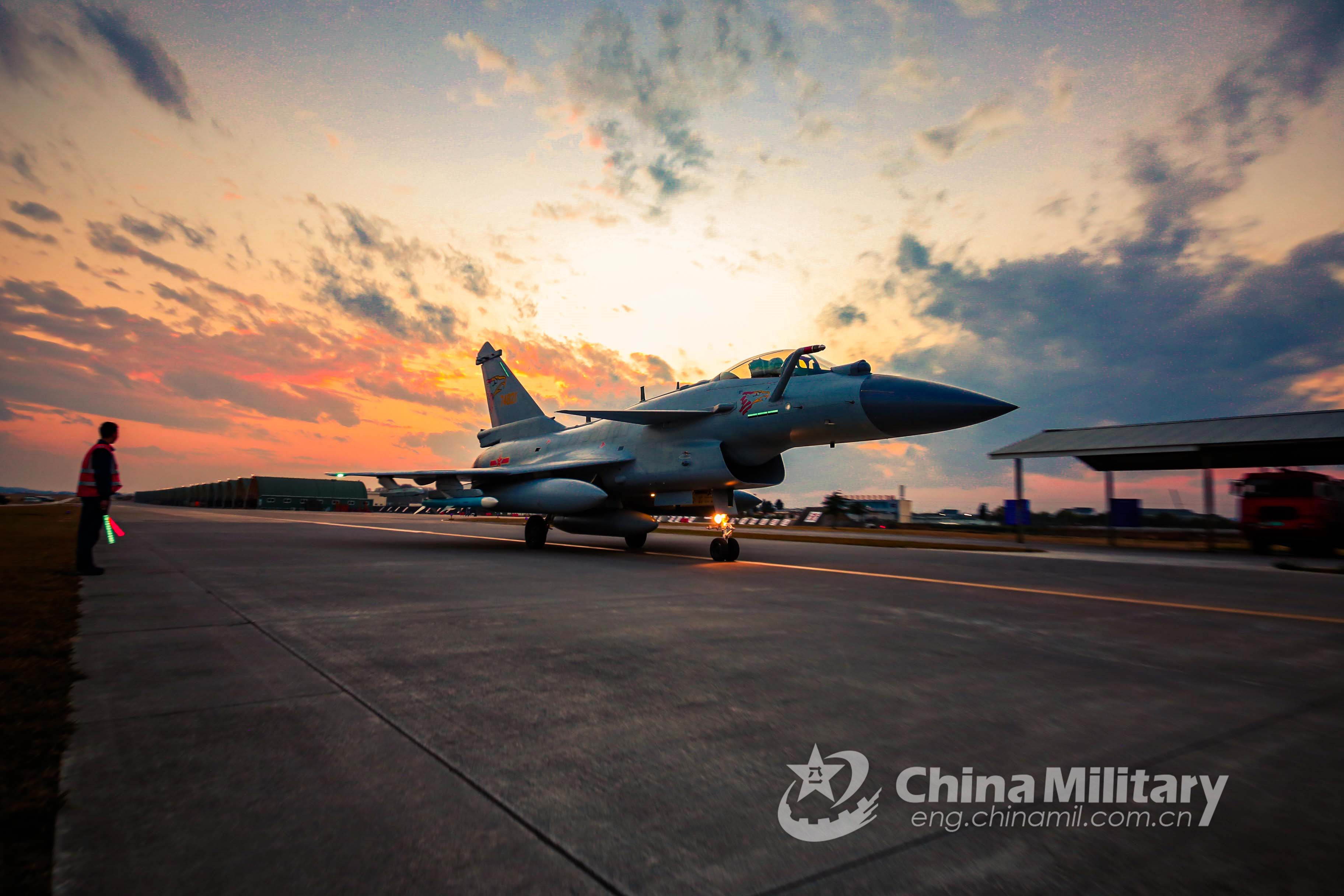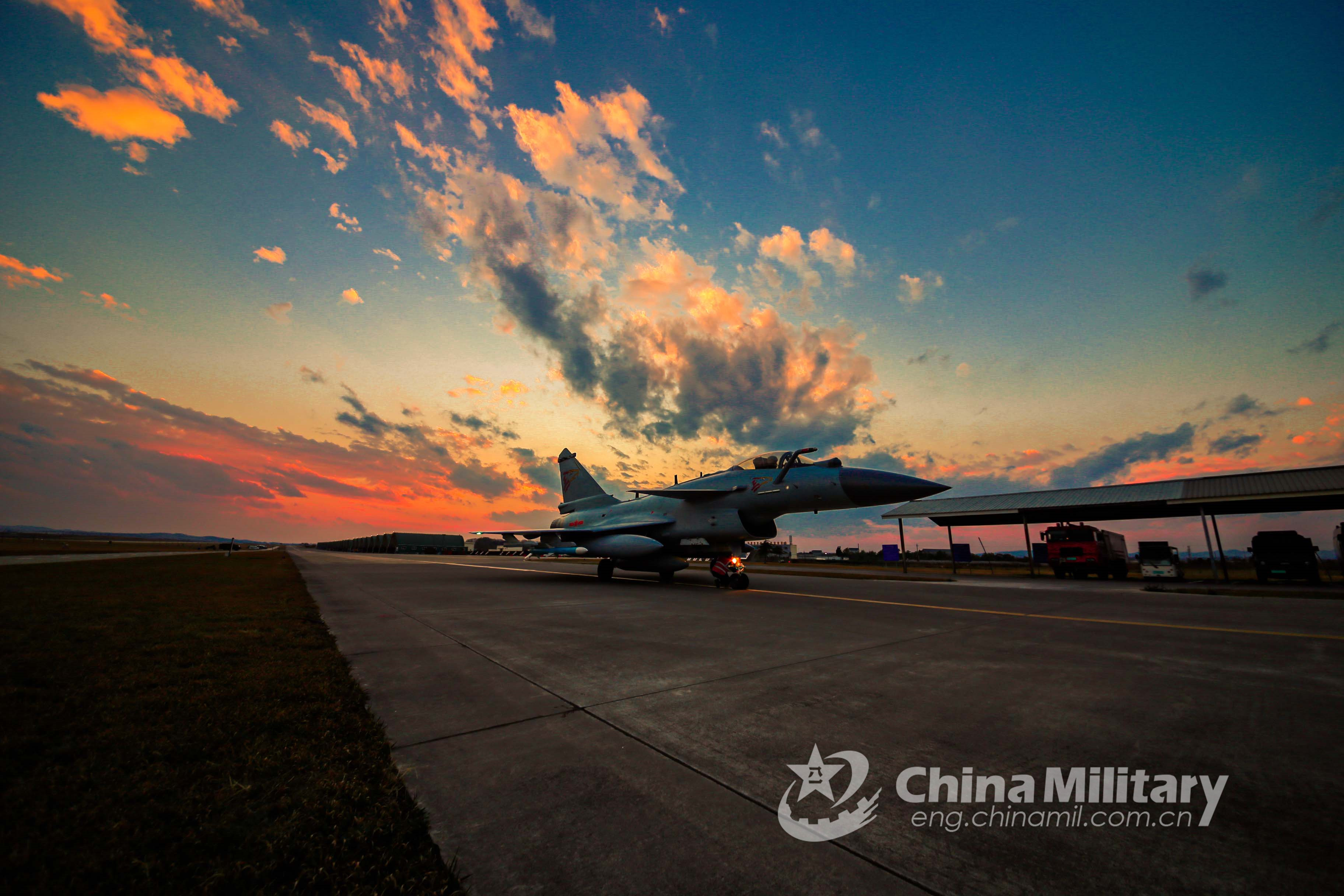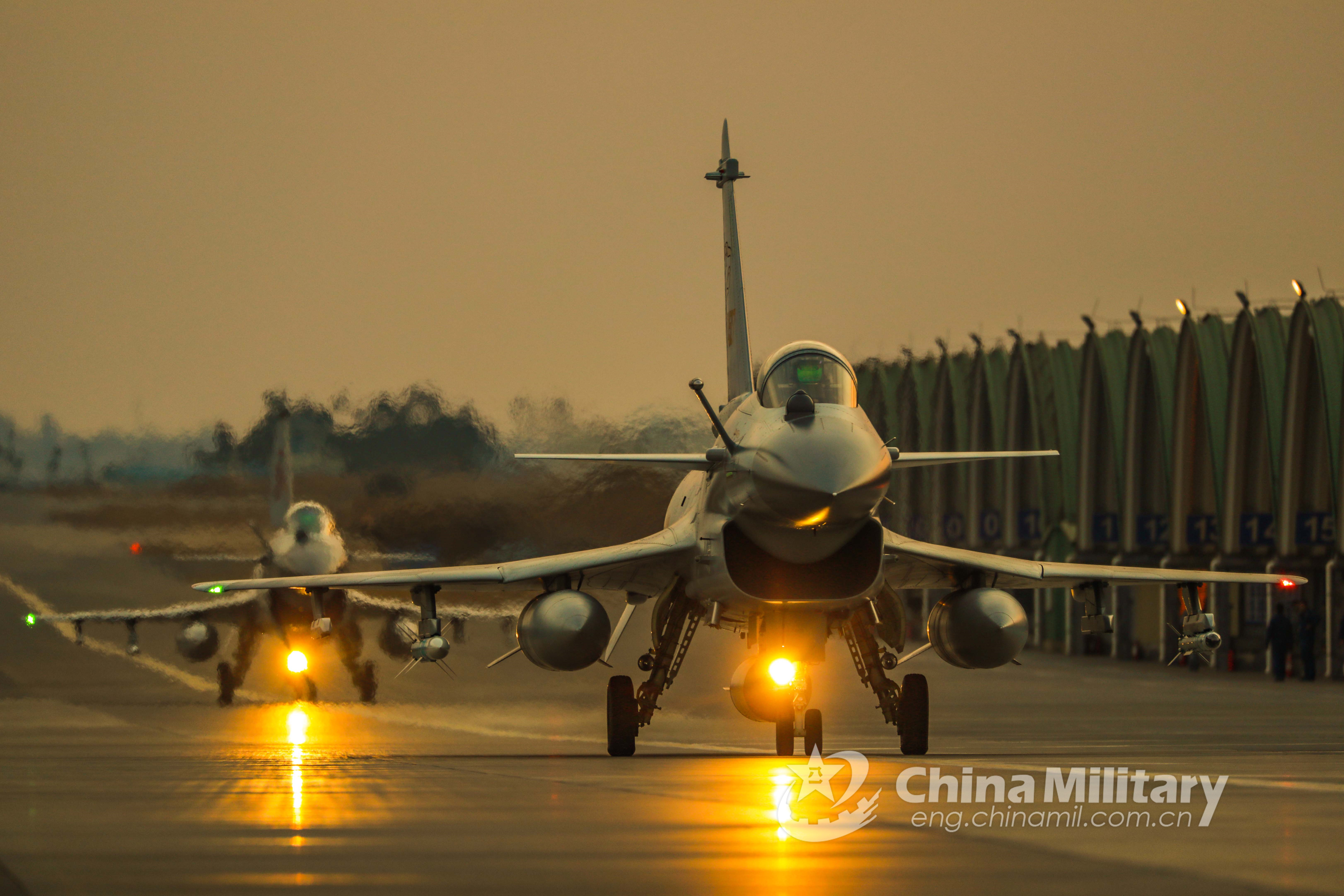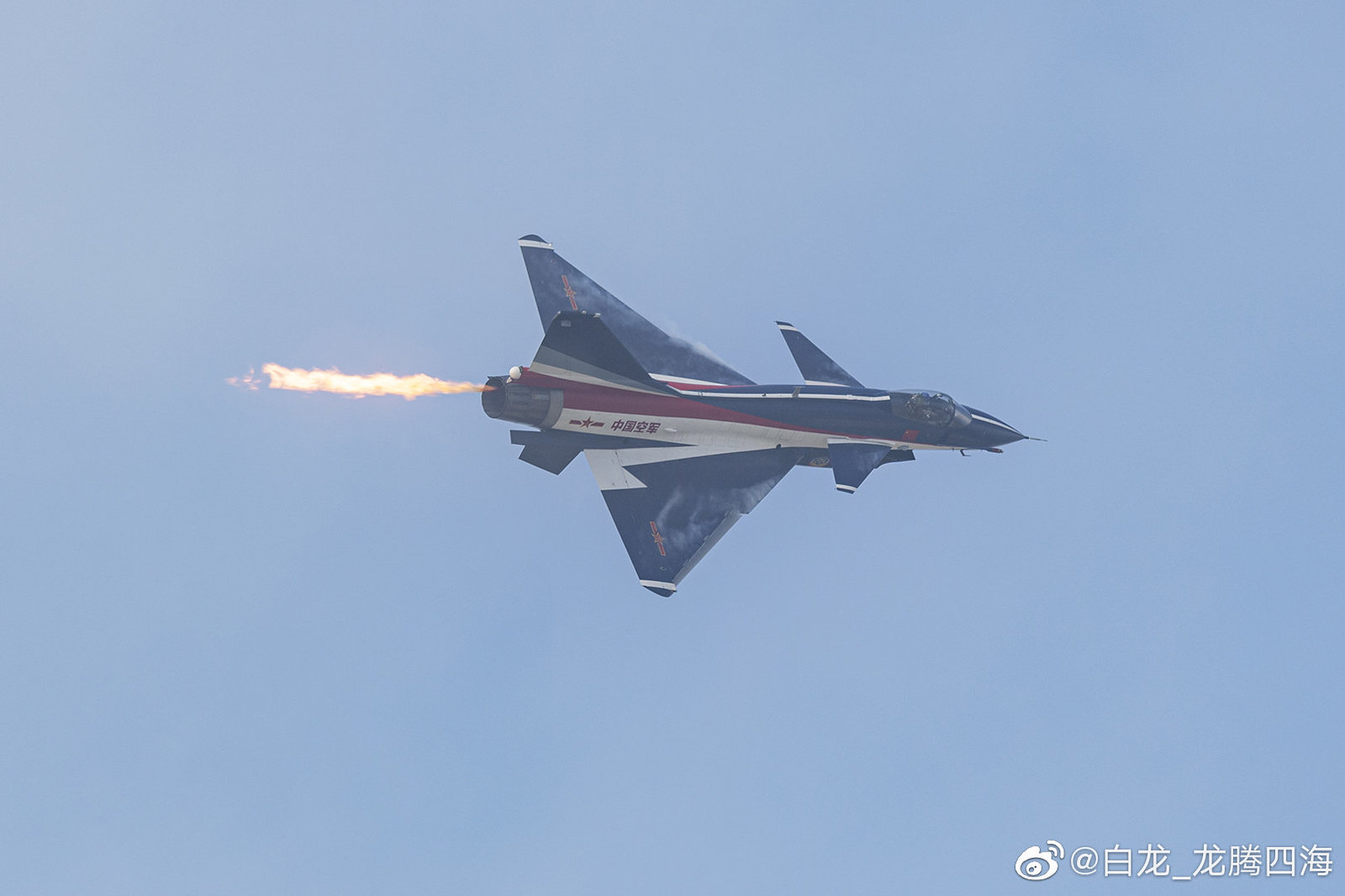A 30 year designed life is 30 years at 200 hours per year. But if you fly 300 or even 400 hours per year on those planes, you are going to use up those airframe hours much quicker than the originally intended 30 years.
Absolutely agreed. Which is why my opinion is that ALL this discussion is pointless without knowing how many hours J10A is designed with. Ideally, the manufacturer or the user would state that figure. Sadly, it's unrealistic we'll get any such figures out in the open. so we're forced to guesstimate them.
We have rumors, for example, that 1980s MiGs 21 in India were made to last 3000 hours. (this may be with refurbishments to Bison version!)
We have a fact that the Su-35 has increased life from previous flanker and that it's designed for 6000 hours. Which would imply that previous flankers are 3000 to 5000 hours.
We have rumors that original MiG-29 life was just 2500 hours. And that MiG corporation offered to refurbish Malaysian migs to 6000 hours.
We also much be able to guesstimate how much are pilots on the J10 flying.
I heard about the 2-3 pilots training on a single J10A in 2007, so I have no idea if that was continued after 2007. But the policy was to get as many pilots to be comfortable with a 4th gen single engine jet as possible.
It is perfectly understandable that the initial jets are flown more, when a type is first being accepted into service. We know that the intiial Su27 were retired almost a decade ago, precisely they too were flown a lot. But as an average, the J11A fleet is being flown less than those initial Sukhois delivered in 1990s. Initial J10 may indeed have had 2 or pilots train for some time, but probably not ALL time time up until today.
USAF has a ratio of 1.3 pilots per combat plane seat.
So we can guess how much chinese plane types are being flown.
If for example average J10 pilot flies 150 hours, and if we use the same 1.3 modifier then we get 195 hours per airframe per year. from 2003 to 2030, for example, would yield 27 years. Or a total of 5265 hours. with a different modifier we'd of course get a different result. PLAAF is pretty light on personnel compared to USAF, even when total number of aircraft is taken into account. So I'm not sure if 1.5 modifiers or larger are actually wise to assume.
If 180 hours per pilot are assumed that too would yield higher numbers. Again, without some hard proof for the type - it's unwise to discuss anything further.
We do have the J7E cunundrum. As far as I can tell, J7e have not yet started to get retired. Heck, even older types may still be serving in some capacity). So we're looking at planes that are 27 or so years old. If those were flown at just 120 hours and with 1.3 pilot modifier, we're looking into 4200 hours as of today. Were J7E made to last that long? It seems they must have been.
But if so, what's a realistic lifespan of a J10A? Considering the rumors and facts about ex soviet/russian and US made planes from the 80s doubling their lifetimes, - what's a realistic figure for J10a? 4000 hours? That seems way too low. 5000 hours? Possible. 6000 hours? Still plausible. Figures over that are in my opinion less likely, though still feasible through more costly refurbishments.
Still, in my opinion that leads me to a figure of 10-15 years before J10As start getting retired on a regular basis. Instead of 5-10 years. Sure, there might be SOME J10A that get retired early, the first 50 or so which were flown very heavily, just as initial Su27s were in 1990s, but those will be an exception.
We also must keep in mind that before J10As require replacement, many other planes will require replacement as well. All the J7E/G. That's 300 planes right there. Possibly some even older J7s. (that's arguable though as we don't know their situation) Some 150 or so J8. While some of those are a few years younger than the oldest J10s, it's logical to assume their airframes were not made to last as long. And even so, them being 3rd generation means they're less useful than J10A. Some 50+ JH7s will be very old by then and not as useful. Pretty much all J11A might need replacement by then as well. Possibly even some of the Su30s.
We're looking into 550+ planes, possibly a hundred or two hundred more (if older J7s are still serving somewhere) needing replacement by 2030 just to upkeep numbers. And it's looking pretty sure that the overall fleet numbers will rise, not just stay where they are. Certainly with PLANAF it's evident we'll see additions in units. There's regular attrition that needs to be taken into account as well.
If the J10As do get replaced early that probably means no meaningful increase in overall PLAAF numbers. Which I don't think is in PLAAF interest or their plans, given the geopolitical situation.
So a production of 24, 40, 24

